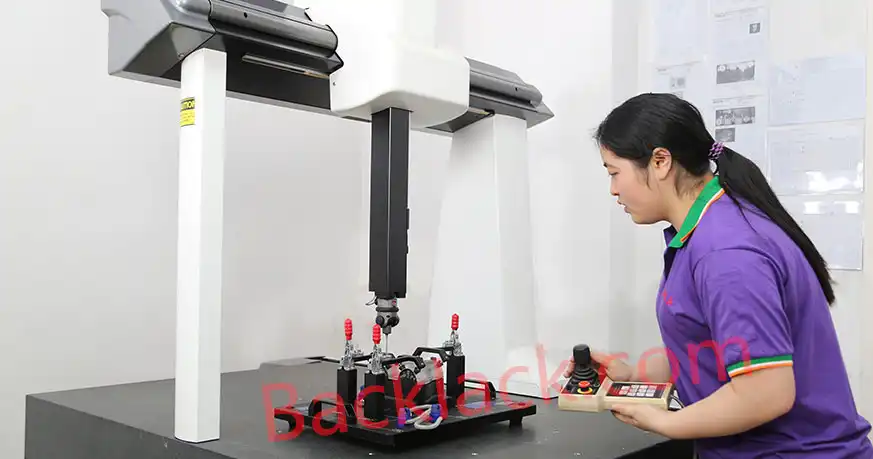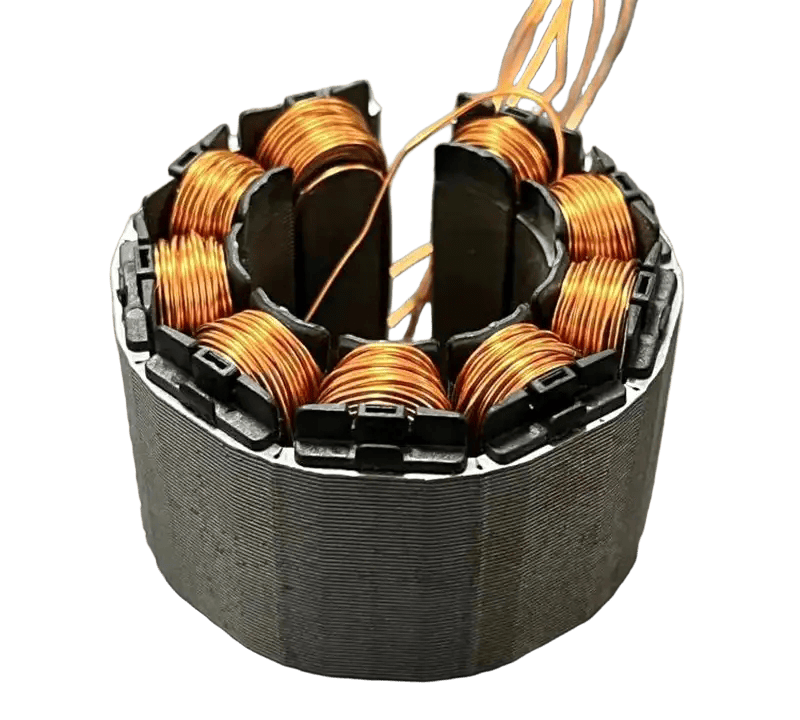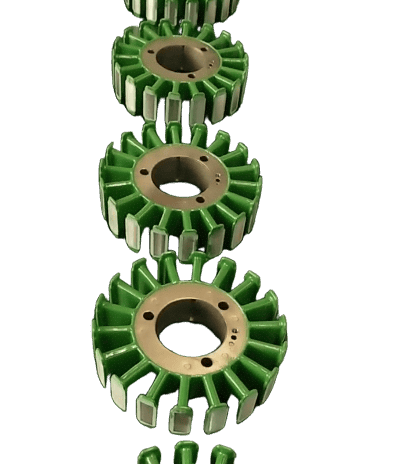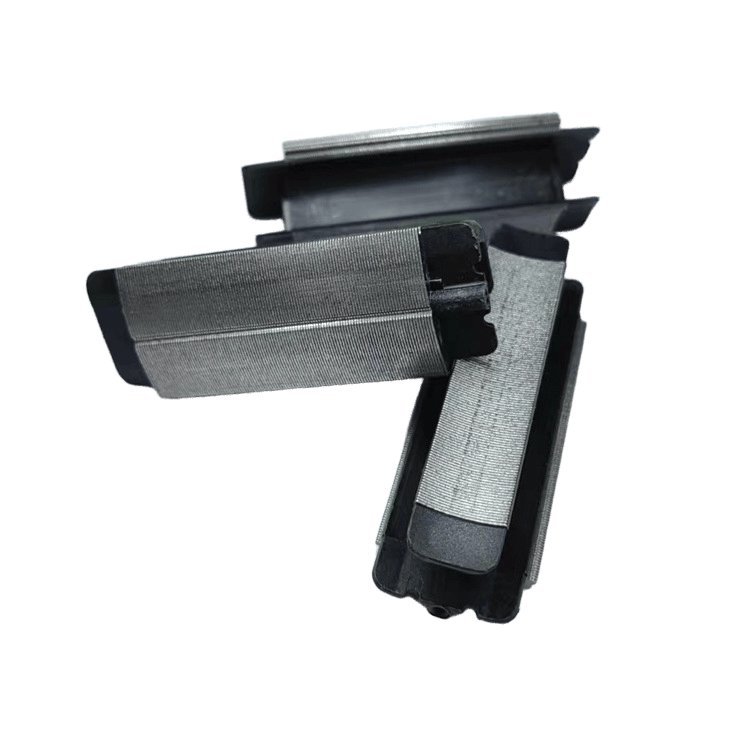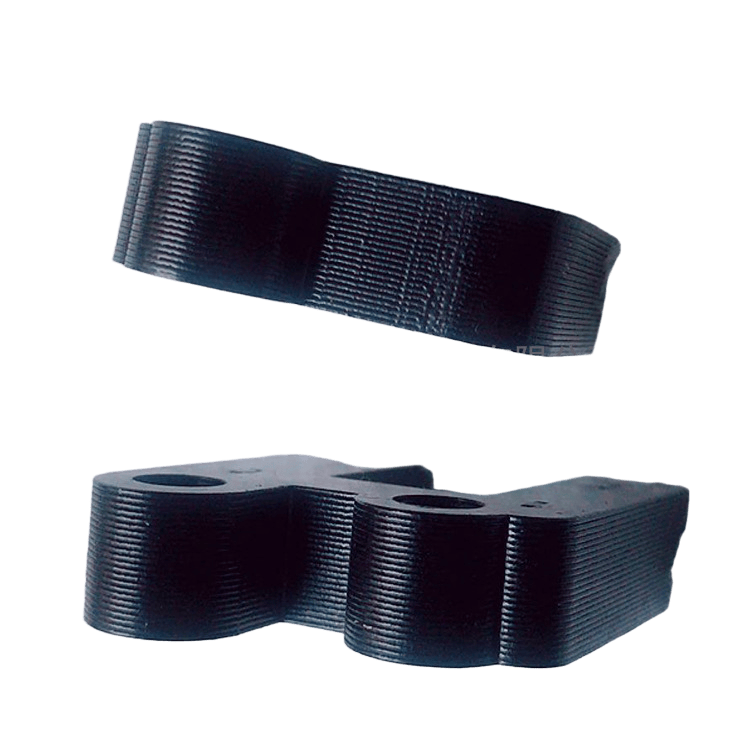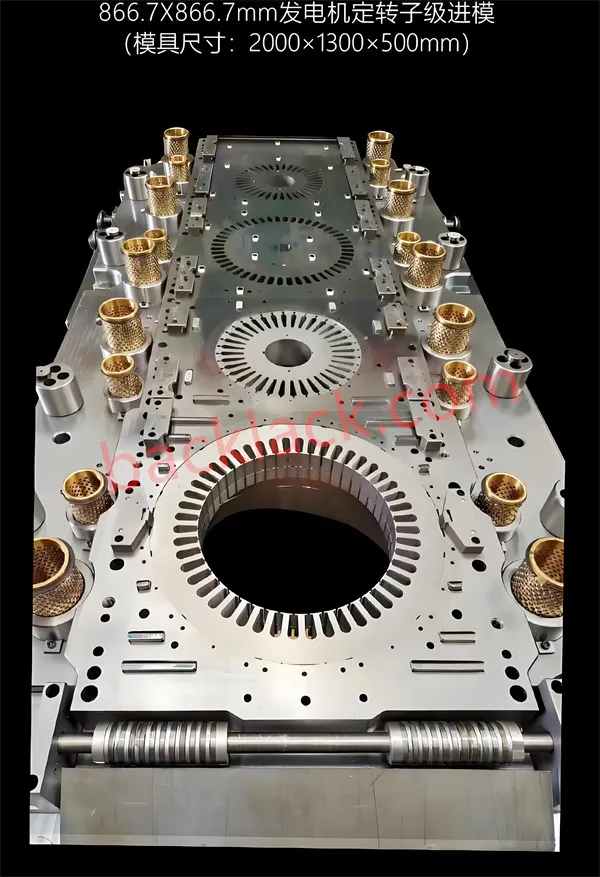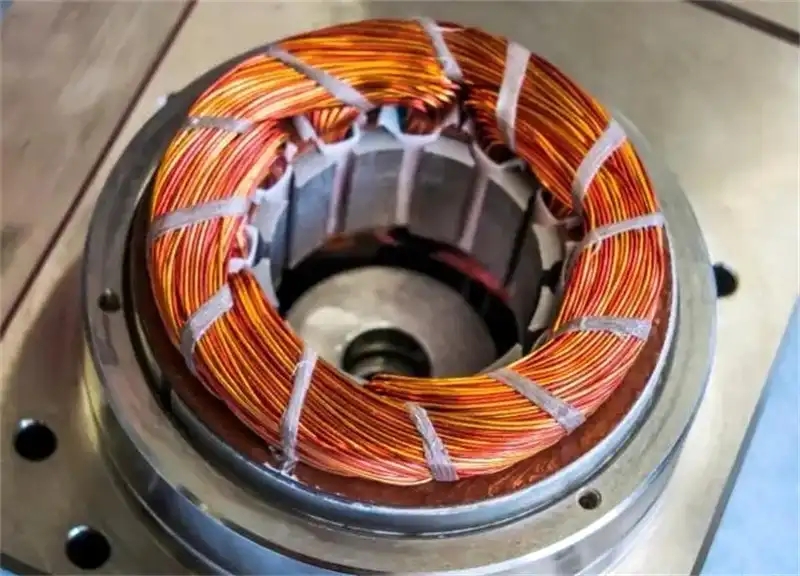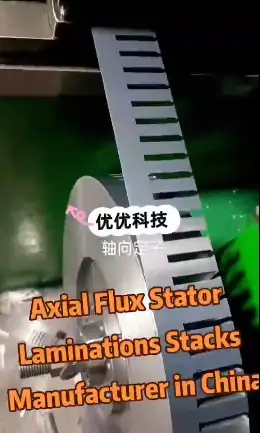Self-adhesive silicon steel lamination technology: redefining motor core manufacturing
Traditional motor cores are mostly welded, riveted or mechanically fastened, which have pain points such as high eddy current loss, high vibration noise, and low assembly efficiency. Self-adhesive silicon steel technology completely subverts traditional processes by coating special adhesives on the surface of silicon steel sheets, and forming seamless integral cores after lamination and curing.
Core process flow:
|
Silicon steel sheet pretreatment |
Precision cleaning to remove surface oil and ensure adhesive adhesion stability. |
|
Adhesive coating |
Spraying or dipping process is used to evenly cover both sides of the silicon steel sheet with nano-level self-adhesive coating. |
|
Lamination and hot pressing curing |
Accurate stacking by automated lamination robots, combined with rapid curing at 180°C, to form a dense structure. |
|
Post-processing optimization |
Laser cutting trimming, vibration aging to eliminate residual stress, and ensure dimensional accuracy of H8 level. |
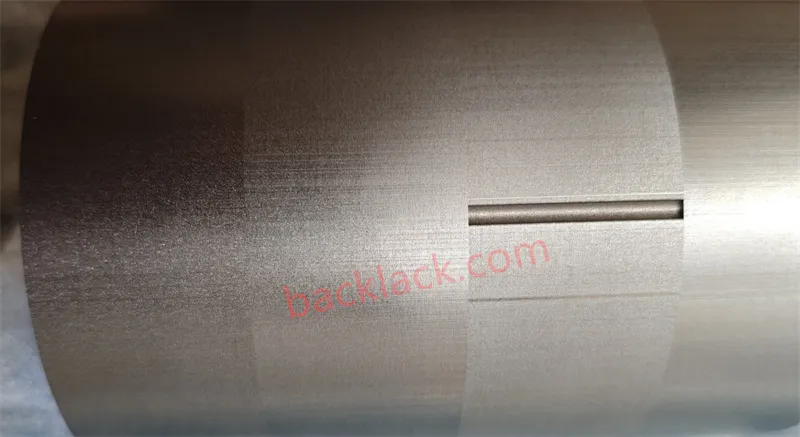
Technical advantages: triple leap in efficiency, performance and reliability
|
Energy efficiency revolution |
The self-adhesive structure eliminates the gap between the laminations, reduces eddy current loss by 30%-40%, and reduces iron loss to less than 0.20W/kg. Tight lamination improves thermal conductivity, improves heat dissipation efficiency by 30%, and helps the motor to operate continuously at high load. |
|
NVH performance breakthrough |
The bonding strength reaches 5N/mm² (10 times that of traditional welding), the vibration amplitude is reduced by 60%, and the noise is controlled below 35dB. |
|
Process simplification and cost optimization |
Eliminate welding/riveting processes, shorten production cycle by 40%, and reduce labor costs by 50%. Integrated molding reduces material waste and increases material utilization to more than 98%. |
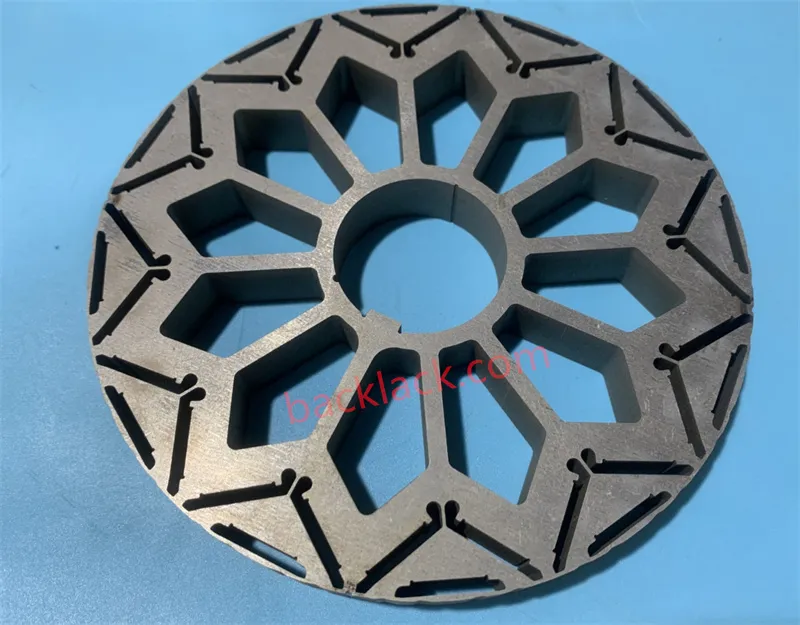
Global application scenarios: practical cases from laboratory to mass production
|
New energy vehicle drive motor |
Tesla Model S Plaid: uses 0.20mm self-adhesive silicon steel laminations, with a rotation speed exceeding 20,000rpm and a power density of 5kW/kg. BYD e-Platform 3.0: Optimizes magnetic flux distribution through the skew slot stacking process to achieve 97.5% working efficiency. |
|
Industrial servo motor |
ABB IRB 6700: uses PPS injection-molded self-adhesive core, which is 40% smaller in size and has a protection level of IP67. |
|
Aerospace field |
GE Aviation LEAP engine: Amorphous alloy self-adhesive core achieves high temperature operation of 200℃ and reduces weight by 30%. |

Future trends: technology iteration and industrial upgrading
Material innovation
Intelligent production line
Green manufacturing
Conclusion
Self-adhesive silicon steel technology - the "hidden champion" of the motor industry
From precision proofing in the laboratory to large-scale application in global production lines, self-adhesive silicon steel lamination technology is reshaping the motor manufacturing landscape with its core advantages of high efficiency, intelligence and environmental protection. With the continuous breakthroughs in materials science and automation technology, this technology will become the "gold standard" in the field of high-end motors, injecting strong momentum into the global Industry 4.0.
